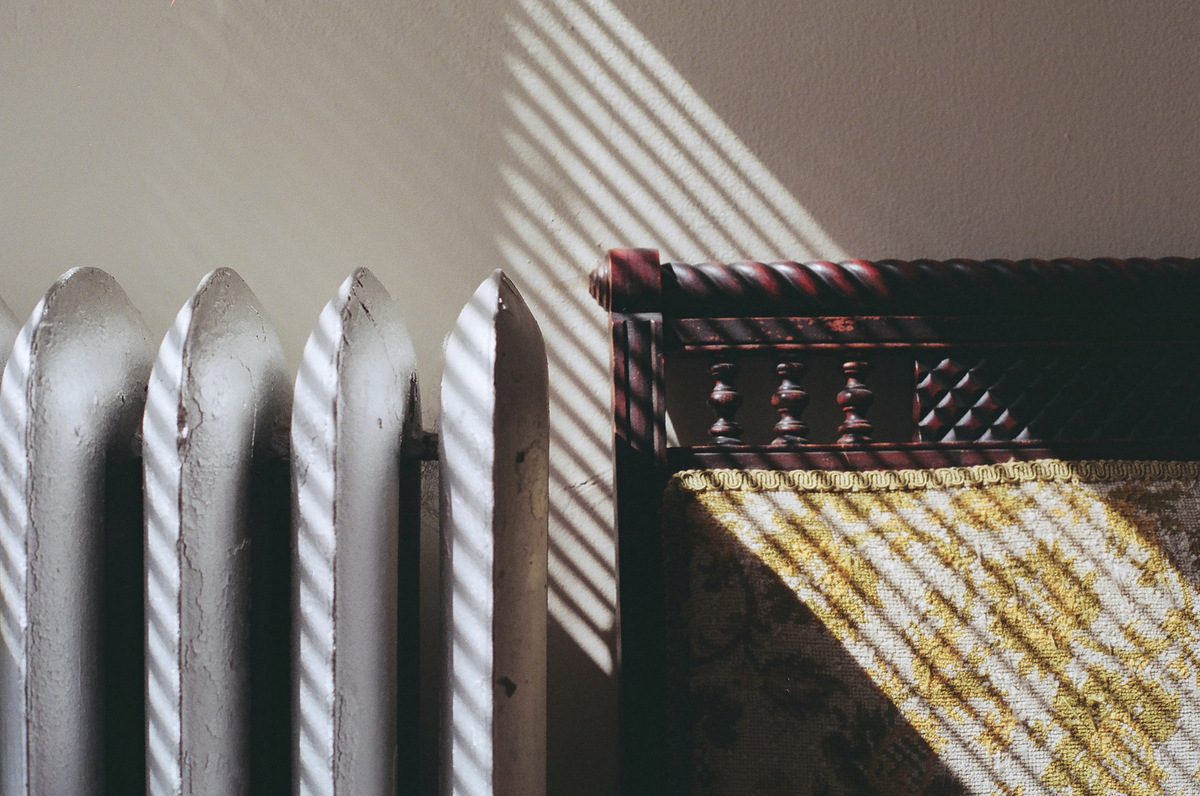Who could imagine that mere foam insulation in houses could cost whopping a $13 million? Well that is what happened in the courtroom of Windsor, Ontario (August 12, 2015) in a class action lawsuit against RetroFoam of Canada Inc. by 771 property owners from Kitchener, Waterloo, Cambridge, Guelph and the surrounding areas. The reason behind this six-and-a-half-year costly ordeal is urea formaldehyde foam insulation (UFFI) that was injected into their homes between June 2007 and January 2009 through the EcoEnergy program. But the problem cropped up as RetroFoam, manufactured by Polymaster Inc. in Tennessee, which is classified as urea formaldehyde insulation and is banned in Canada.
UFFI insulation by dunktanktechnician
During the energy crisis in 1970, approximately 100,000 to 280,000 homes in Canada were insulated with UFFI to cut their heating bills. The idea was to increase the insulation levels in homes by pumping UFFI into hard to cover places like electrical outlets and switch plates, attics, around plumbing and under plumbing fixtures, duct work and every other semi-enclosed space. The government too, through its C.H.I.P program, gave subsidy to many home owners who used UFFI.
Formaldehyde, a binding agent used in water solution as a disinfectant and preservative, is a colourless and pungent gas with a very strong odour. Found in forests, and also a necessary metabolite in our body cells, it is present in cosmetics, paints, exhaust from automobiles, gas appliances, fireplaces, wood stoves, no-iron fabrics, dry cleaning chemicals, cigarette smoke, pillow cases, paper products, diapers plywood, etc.
UFFI, through polymerisation, is turned into solid from liquid and a shaving-cream-like foam is produced when non-transparent thermosetting resin or plastic, made from urea and formaldehyde, is mixed with other foaming agents. Huge pumps and long hoses were used to inject UFFI into the houses’ walls and commercial buildings and were later sealed.
Soon there were complaints from several home owners of respiratory problems, eye irritation, runny noses, nosebleeds, headaches and fatigue and all those were blamed on UFFI.
According to Health Canada, “The use of a urea formaldehyde-based resin in the manufacture of UFFI can lead to the release of formaldehyde gas during the curing process and afterwards. Health Canada has concerns about the health of people exposed to formaldehyde”.
Though no directly related risk to health through UFFI has been found, Canada banned its use in 1980 followed by the United States where it was also declared a prohibited item. However, in Europe it is still prevalent and is considered as one of the better ‘retrofit’ insulations.
“UFFI is a serious problem and once found it has been used to insulate the walls of the house, it can result in lowering the price of the property immensely,”
says Richard Silver, salesperson and Vice President of Sotheby’s International Realty Canada .
“It gets even harder as mortgage companies refuse to finance such properties.”
Selling a home with UFFI
Silver was personally involved in selling off properties with UFFI inside:
“Though in Ontario every residential real estate sales agreement has a clause concerning UFFFI, we too informed the prospective buyers beforehand. They were assured that the owner will take care of it before selling the property.”
But taking care of it means gutting the entire area where UFFI was used, and in this case it was the basement.
Not only it is a huge undertaking to make the place UFFI free but also it comes with a heavy price tag. At that time, I am talking about late 80s and early 90s, depending upon the amount of work involved the removal cost was between $20,000 to $30,000. These days, it will cost you double or even more.”
And Silver is right; the present cost to take it out is between $65,000 to $90,000.
Silver warns, the whole process of owning the property where UFFI was used can be strenuous. However, smart buyers can use it to their advantage as a bargaining chip.
“They can also ask for reduction in the cost and we too, when advertising the property, make sure to separately highlight the removal cost. This gives a clear idea to the prospective buyers about the room to negotiate,” he informed.
According to Silver it is not that houses in Canada are totally free from UFFI. It can be found today in many homes in some amount.
“As a binding agent, it is used in carpets and hardwood floors and is still very much present around us”.
According to a report by the Toronto-based home inspectors and consulting engineers Carson Dunlop, there has been no building product as of today as widely and thoroughly investigated as UFFI. However no health risk has been associated with it.
The report stated that formaldehyde levels in the houses are .03 to .04 parts per million (ppm), whereas in the smoking section of cafeterias the levels of these gases are about.0.16 ppm. Houses that have new carpeting will also show similar levels.
As per the study, the rate at which the formaldehyde gases are released from the material is directly proportional to the temperature and humidity.
Citing an example of a court case in Quebec where plaintiffs accused the federal government of installing dangerous material in houses, the report states that the government’s threshold level for formaldehyde gas was 0.5 ppm or 1.0 ppm. However, during testing the claimants’ accusation, it was found that none of the UFFI insulated houses had formaldehyde gas levels above 0.1 ppm. It was therefore concluded that once the foam is installed, the levels of formaldehyde rapidly decrease and within a few weeks the formaldehyde level is at ambient house levels.
To buy a house with UFFI or not?
Whether to buy a house which once had UFFI installed in it is an individual’s personal decision. It is like choosing facts over perceptions.
However, UFFI myth needs to be destroyed. It is not nearly as dangerous as it was presented in the 1980’s. Homeowners shouldn’t have to carry the “UFFI stigma” when there is no good reason for it. Bob Aaron said it in 2007 and here we are at the end of 2015 and still, nothing has changed. But until it’s removed, it needs to be respected, just as any other law out there.
Title photo by Alex D Stewart




